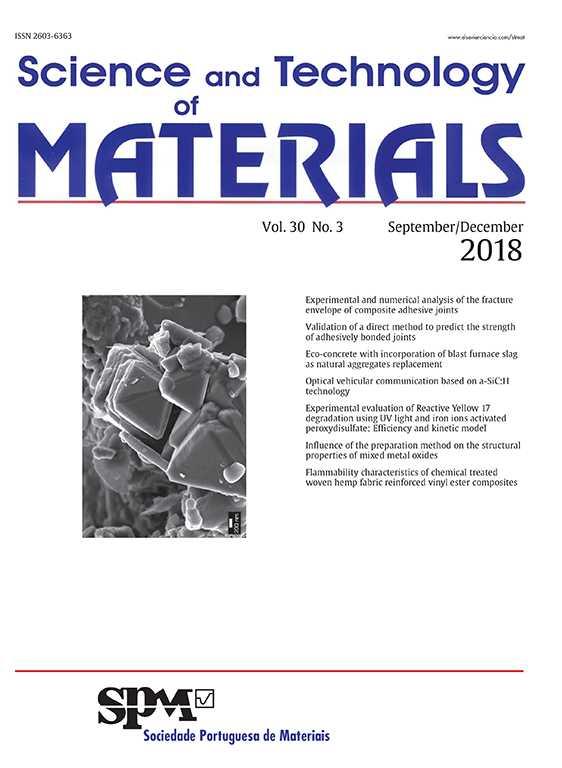A fragilização por hidrogénio é um problema que atinge estruturas e componentes metálicos causando uma diminuição nas propriedades mecânicas dos materiais, principalmente aumentando a fragilidade e diminuindo a tenacidade e a resistência dos materiais. No caso de aplicações como em parafusos de alta resistência, que sofrem tratamento de endurecimento superficial o hidrogénio pode ser introduzido no material durante o processo de fabricação, principalmente em etapas de tratamentos superficiais via úmida. Neste trabalho estudou-se o efeito da permeação do hidrogénio, em amostras de aço ABNT 10B22 modificado. As amostras foram carbonitretadas, e em seguida foram temperadas e revenidas a 400°C. Os corpos e prova foram submetidos à introdução forçada de hidrogénio, através de controle galvanostático, em três níveis de carregamento, e em seguida tracionados através do ensaio de baixa taxa de deformação. As amostras foram caracterizadas quanto à morfologia por microscopia eletrônica de varredura. Além disso, determinou-se o perfil de dureza nos corpos de prova. Observou-se que a medida que a intensidade do carregamento de hidrogénio aumenta, ocorre uma redução das propriedades mecânicas do material, tal como redução da tenacidade, da resistência a tração e da ductilidade.
The hydrogen embrittlement is a problem that affects metallic structures causing a decrease in mechanical properties of materials, mainly by increasing brittleness and reducing toughness and strength. In the case of applications such as high strength bolts, which have suffered surface hardening treatment the hydrogen can be introduced into the material during the manufacturing process, particularly by steps of wet surface treatment methods. In this work was studied the permeation of hydrogen effects with different charging levels on samples of modified ABNT 10B22 steel. The samples were submitted to carbonitriding treatment, and then were quenched and tempered at 400°C. The specimens were subjected to the forced introduction of hydrogen through galvanostatic control in three levels of charging, and then pulled using the slow strain rate technique. The samples were morphologically characterized by scanning electron microscopy. Furthermore, it was determined the samples hardness profile. It was observed that, as the intensity of the hydrogen charging current increase, there is a reduction of mechanical properties of material, such as reduction of toughness, ultimate tensile strength (UTS) and ductility.





